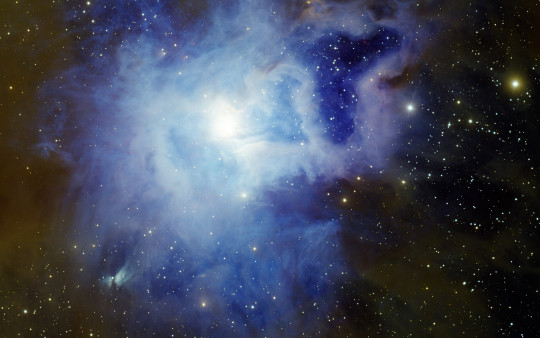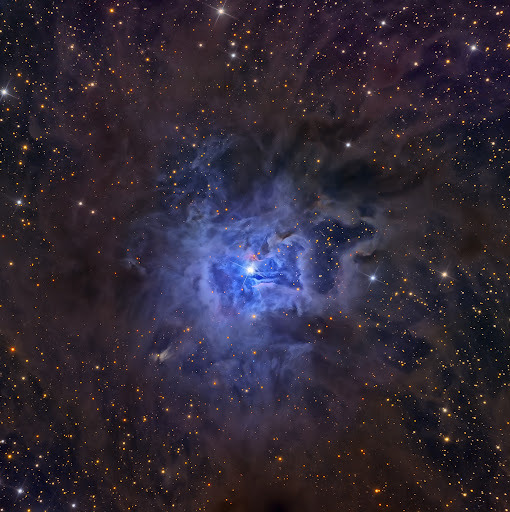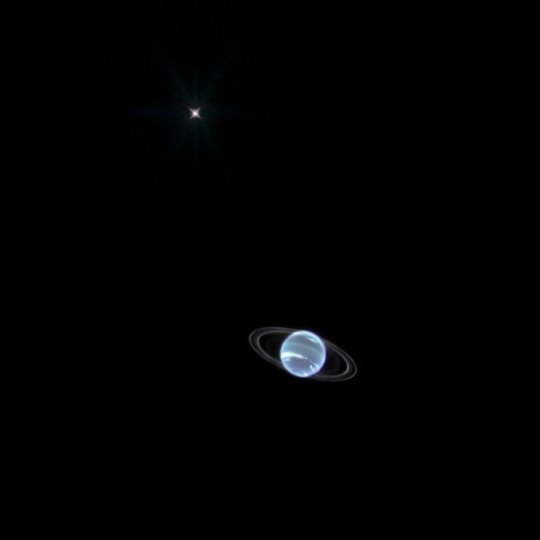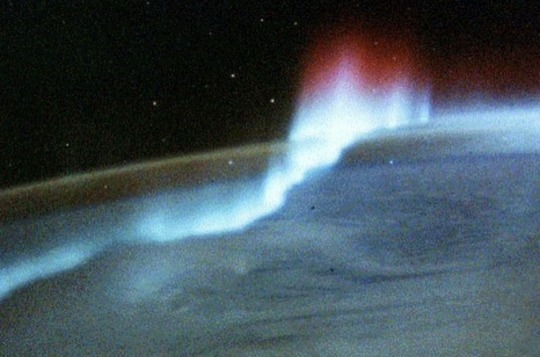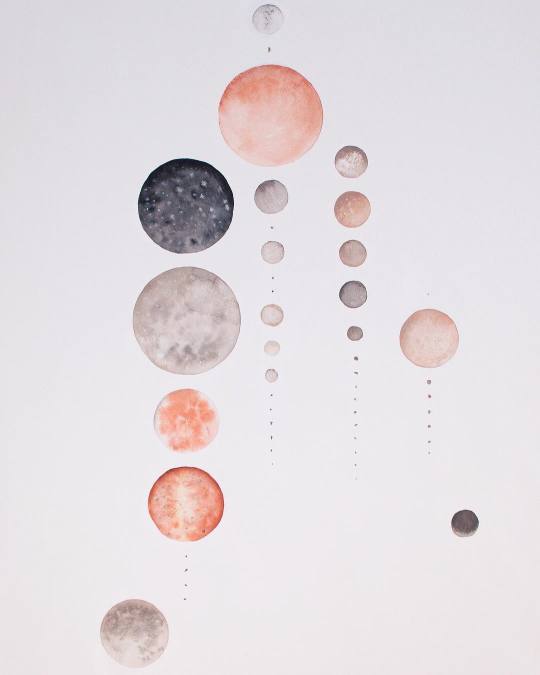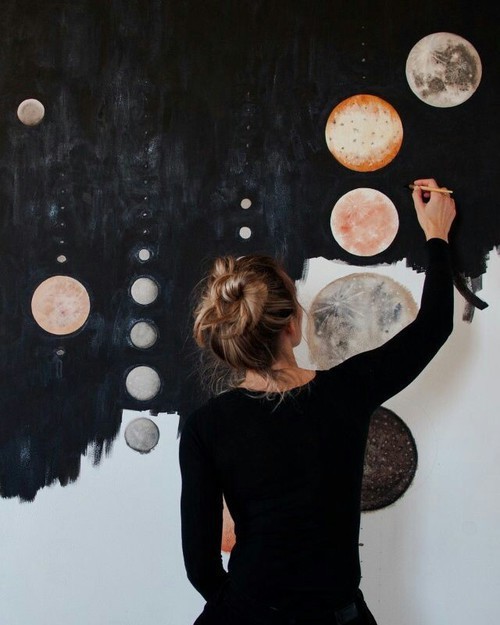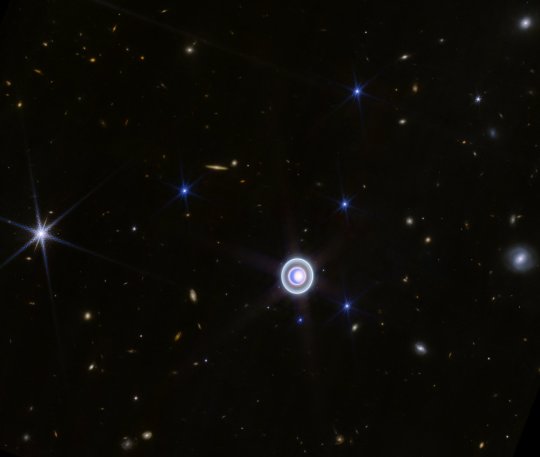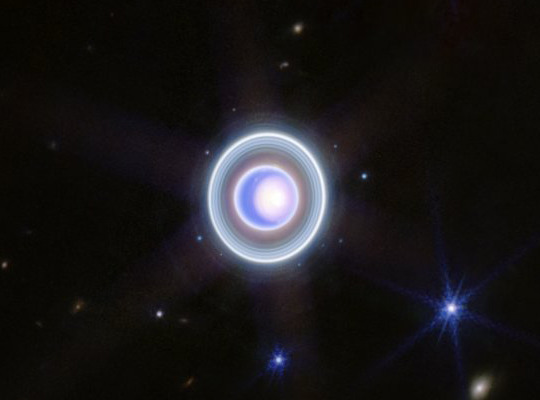Text



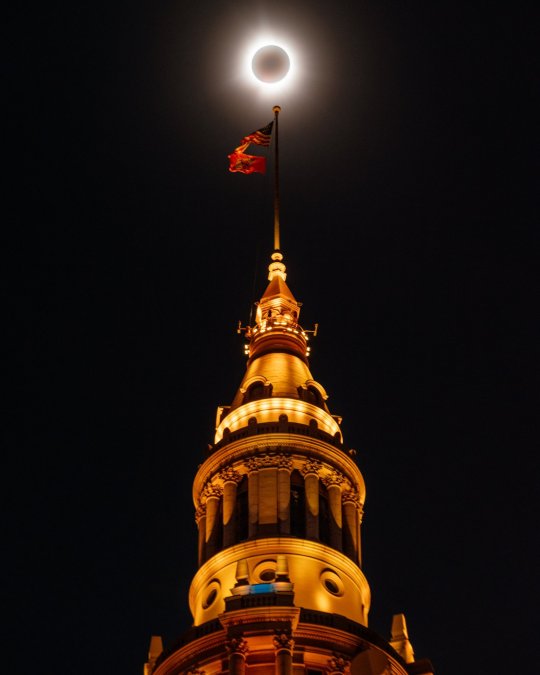
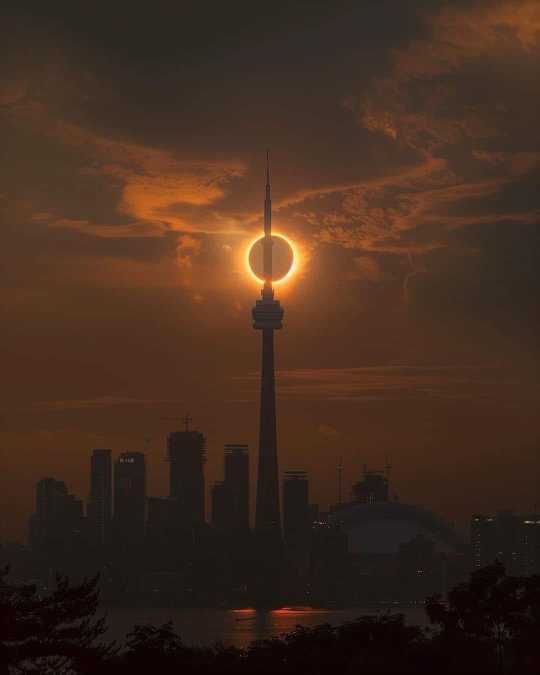

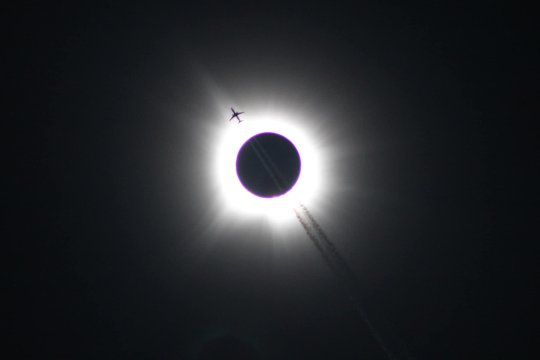
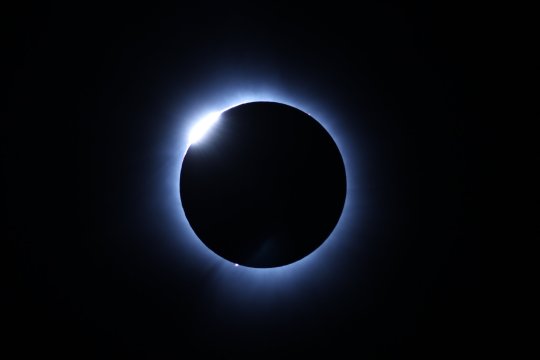


Total Solar Eclipse l April 2024 l U.S. & Canada
Cr. Deran Hall l Rami Ammoun(236) l GabeWasylko l OThingstodo l ZachHolderWx l Joshua Intini l Alfredo Juárez l KuzcoKhanda
33K notes
·
View notes
Photo

Jupiter chain stitch embroidery by pardalote flits on Flickr.
111 notes
·
View notes
Photo

asc 579 - Le vertige (Gaze into the abyss)
by From Apollonia With Love
374 notes
·
View notes
Text




There's something magical about old pictures of stars
Andromeda Galaxy, 1925
Around The Pleiades, 1932
Cygnus Wall, 1910
North America Nebula, c. 1920
5K notes
·
View notes
Text

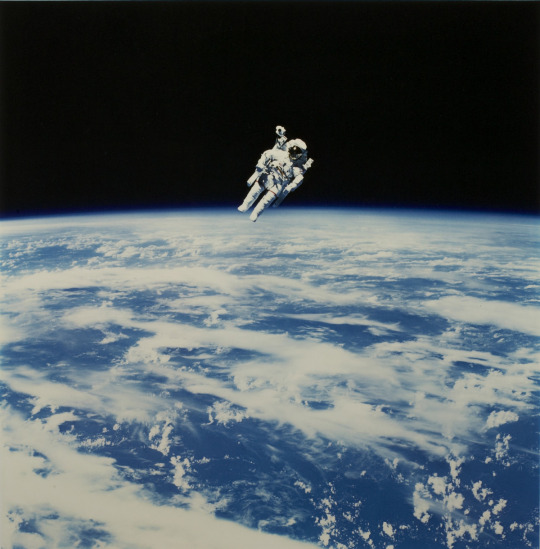

On February 7, 1984, on Space Shuttle Challenger’s STS 41-B mission, Bruce McCandless donned a backpack mobility device—the Manned Maneuvering Unit—and ventured about 320 ft (98 m) away from the vehicle, becoming the first human satellite. Using hand controllers to operate the MMU’s nitrogen gas thrusters, he moved just enough faster than the shuttle’s 17,500 miles per hour orbital velocity to open the distance between him and the spacecraft. His solo ride lasted 1 hour and 22 minutes.
He described the experience: “I was grossly over-trained. I was just anxious to get out there and fly. I felt very comfortable ... It got so cold my teeth were chattering and I was shivering, but that was a very minor thing. ... I’d been told of the quiet vacuum you experience in space, but with three radio links saying, ‘How’s your oxygen holding out?’, ‘Stay away from the engines!’ and ‘When’s my turn?’, it wasn’t that peaceful ... It was a wonderful feeling, a mix of personal elation and professional pride: it had taken many years to get to that point.”
McCandless received the National Air and Space Museum Trophy in 1985 for this bold achievement. The Manned Maneuvering Unit he flew is now displayed at the Museum’s Steven F. Udvar-Hazy Center in Chantilly, Virginia.
134 notes
·
View notes
Text


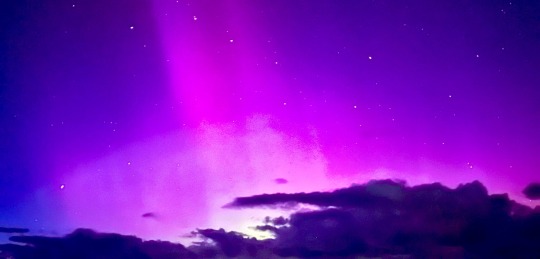

Amazing rare Northern Lights in The Netherlands today, due to a strong geomagnetic storm
Electrically charged particles from the sun collide with oxygen and nitrogen particles in the atmosphere at high speed (300 to 700 km per second). This releases energy and produces the pink glow
8K notes
·
View notes
Text
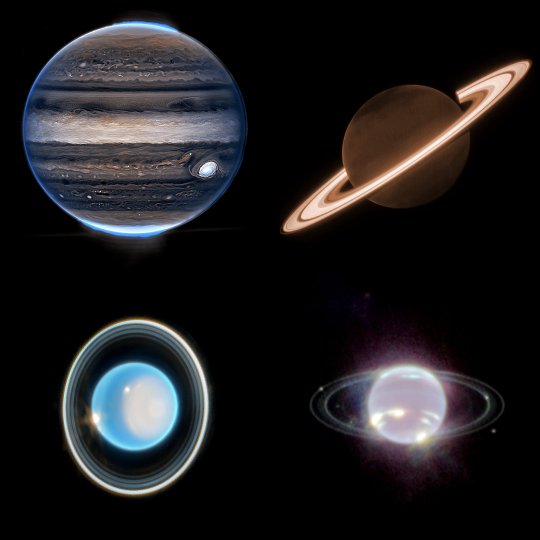
The four giant planets of our Solar System, as seen by NASA's James Webb Telescope.
6K notes
·
View notes

